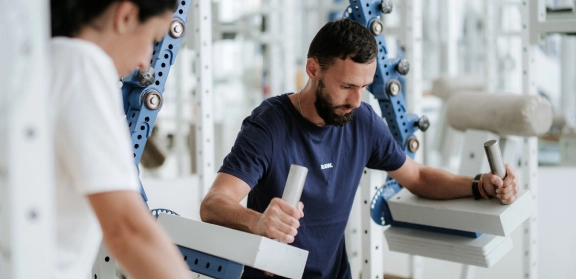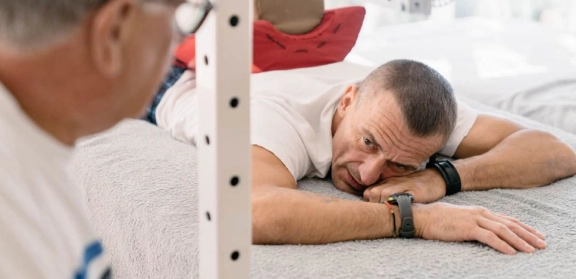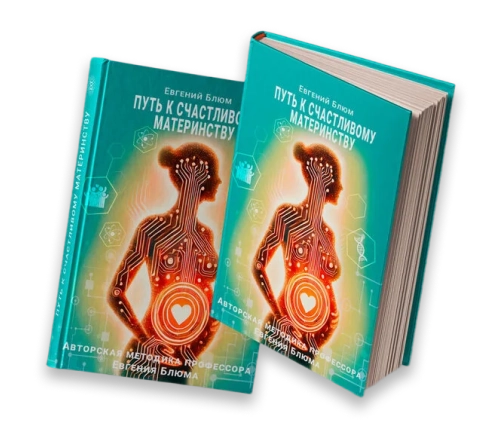Adult Scoliosis Treatment
Our medical strategy
Our many years of experience confirm that the primary trigger of scoliosis deformation is the displacement of the pelvis on asymmetrical hip joints. In all cases, we observe either an anterior or lateral tilt of the pelvic bones, or a combination of both. This pelvic misalignment is the root cause of subsequent pathological changes in the "spine-pelvis-lower extremities" system.
Professor Blum's approach focuses on the pelvis as the centre of body mass, beginning with the restoration of its correct position. This is the foundation upon which a straight and strong spine is built.
The key distinction in our restorative strategy is that the spine can only be properly aligned by correcting its position from the pelvis upward.
A clear strategy of biomechanical gradual impact ensures stable results, even in severe cases of scoliosis. Thanks to the unique capabilities of our proprietary system of methods and techniques, we can systematically address and eliminate the condition.
In what types of scoliosis is treatment conducted?
Patients of different ages come to our Centre with both primary and secondary types of scoliosis, ranging fr om mild forms to severe cases, including those who have undergone surgery. The main conditions can be divided into six groups:
- C-shaped right/left-sided scoliosis of the thoracic, thoracolumbar, lumbar, or lumbosacral regions.
- S-shaped right/left-sided scoliosis of the thoracic, thoracolumbar, lumbar, or lumbosacral regions.
- Z-shaped right/left-sided scoliosis of the thoracic, thoracolumbar, lumbar, or lumbosacral regions.
- Leg length discrepancy, flat feet.
- Chest deformities, rib hump.
- Asymmetries of the face, neck, and lower jaw.
- Post-surgical scoliosis treatment and rehabilitation.
- Preparation for pregnancy and childbirth for women with scoliosis.
A comprehensive, individualised restorative program is developed based on the patient's medical history, age, the severity of scoliosis, rate of progression, secondary consequences and complications, as well as the results of previous manual or surgical treatments.
General description of the problem
Scoliosis is a spiral deformation of the spine in three planes. The curvature of the spine can be either congenital or acquired. The causes of congenital scoliosis include deformations and asymmetries in the mother's body, connective and bone tissue structure disorders, as well as anomalies in fetal development, such as wedge-shaped vertebrae or the fusion of vertebrae or ribs. Acquired or secondary scoliosis develops as a result of injury or another disease.
As scoliosis progresses, spinal mobility becomes impaired, the rib cage deforms, and the heart and major blood vessels, as well as respiratory organs, liver, kidneys, and pancreas, become compressed and displaced. Serious compensatory changes develop, disrupting the functioning of all body systems. A rib hump forms, leading to chronic back pain, complex cosmetic issues, and psychological problems.
It is essential to begin specialised, comprehensive treatment for scoliosis at the earliest stages to prevent progression, wh ere the curvature angle becomes so severe that extensive surgical intervention is required. Standard exercise routines, wearing braces, and manual therapy often lead to wasted time and can sometimes even cause harm, accelerating the progression of the deformity.
Choosing an appropriate method and starting treatment in a timely manner can help address the root cause and avoid serious consequences of the condition.
-
Restoration of the structure and function of connective tissue
-
Strengthening of deep postural muscles that support the spine
-
Reinforcement of the natural muscular corset of the spine
-
Restoration of the vertical support axis of the body
-
Removal of pathological load from the rib cage and sternum
-
Elimination of displacements and compressions of internal organs
-
Restoration of the proper structure and optimization of the functions of internal organs
Objectives of the program
-
Restoration of body geometryRestoration of body geometry, starting with the correct anatomical position of the pelvis, eliminating tilts, deformations, and bone displacements. This includes achieving the proper alignment of both hip joints and strengthening the muscular and ligamentous system that holds the bones and joints in place.
-
Elimination of spinal curvatureElimination of spinal curvature in a sequence from the pelvis upward, starting with the lumbar region, followed by the thoracic and cervical sections. The spine will be methodically and gradually returned to its correct anatomical position, stabilised by deep muscles, and reinforced by strengthening the postural muscular structure.
-
Restoration of the spatial topography of internal organsRestoration of the spatial topography of internal organs, eliminating displacements of blood vessels, nerves, ducts, and other anatomical structures. This includes releasing superficial and deep compensations from the old postural patterns and relieving muscular tension.
Proprietary methodology
Professor Blum’s Centre has specialised in the conservative treatment of scoliosis of any severity in patients of all ages for many years. Our patented system of methods, techniques, and specialised equipment consistently delivers positive, stable results. It enables the correction of spinal curvature and the secondary consequences of these curvatures while preventing further progression and the need for major surgical interventions.
Our custom-designed rehabilitation equipment offers unparalleled adaptability and precision in treatment, with controlled parameters such as intensity, angles, acceleration, and dozens of other settings. This ensures the desired response, even from the weakest muscles and fascial structures, allowing us to correct body configuration even in cases of severe deformities.
Constant monitoring of the range of motion and specific musculoskeletal responses guarantees safety, ensures consistency and predictability of results, and prevents overload, which is particularly crucial for patients with severe scoliosis.
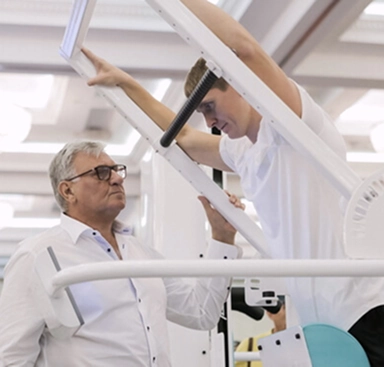
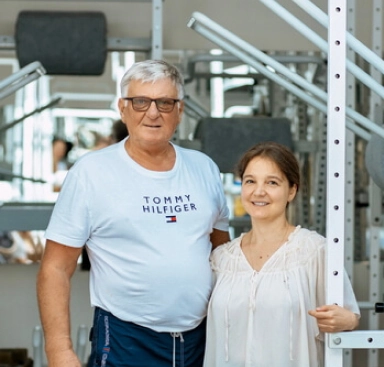
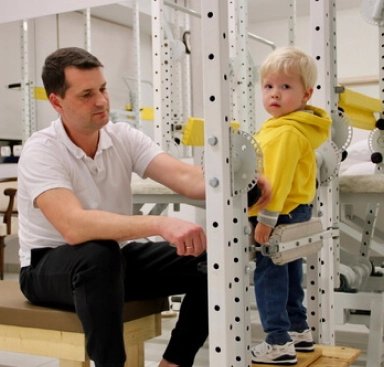
Patient stories

Professor Blum’s Exclusive Rehabilitation System

The center is located in a picturesque corner of the renowned resort town of Marbella, surrounded by cedar trees at the foot of La Concha mountain. Here, science and technology blend with nature, creating a space where the body returns to balance and harmony.
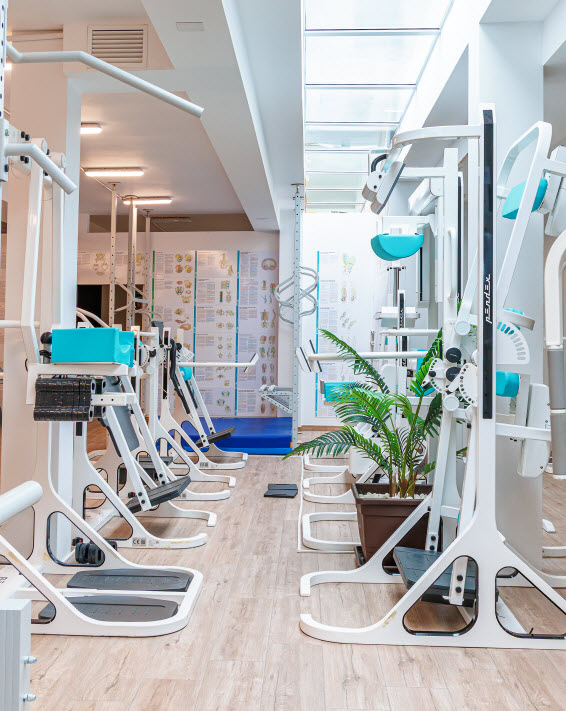
Technologies that deliver results
Select a program
- Personalized Health Recovery Programs
- Disease Prevention
- Customized Check-Up
Q&A
At the end of the rehabilitation course, we always provide "homework" — these are constructive recommendations and exercises that will help maintain the achieved results at home.
The duration of the rehabilitation course depends on the severity of scoliosis, the age of the patient, the presence of complications, and the negative effects of previous manual treatments. To determine the exact duration and cost, sign up for a free online consultation with a doctor from the Centre.
Yes, there are two options. The first is to eliminate scoliosis in the woman before pregnancy, so the fetus can grow and develop in a symmetrical body, reducing the risk of inheriting deformities from the mother. We have seen an increase in such requests due to the high prevalence of scoliosis. The second option is if scoliosis has not been corrected before pregnancy, symmetry can be restored in the newborn. Our Centre offers programs for children from their very first days of life.
Yes, it is possible if scoliosis is detected at an early stage, the correct treatment method is chosen, and recommendations are followed consistently.
We recommend an X-ray of the spine, pelvis, and hip joints taken in a standing position, as this allows the body to bear its normal gravitational load, making even minor deformities visible. In most cases, when X-rays are taken while lying down, many displacements are not detectable.
When examining yourself, you may notice uneven shoulder levels or an unusual position of the shoulder blades—one may protrude backward or be closer to the spine than the other. The space between the elbow and waist on the right and left sides may differ. A pelvic obliquity or one leg being longer than the other can also be signs. When bending forward, one side of the back may appear more elevated than the other. We recommend performing home photo tests (link to the webpage with photo tests).
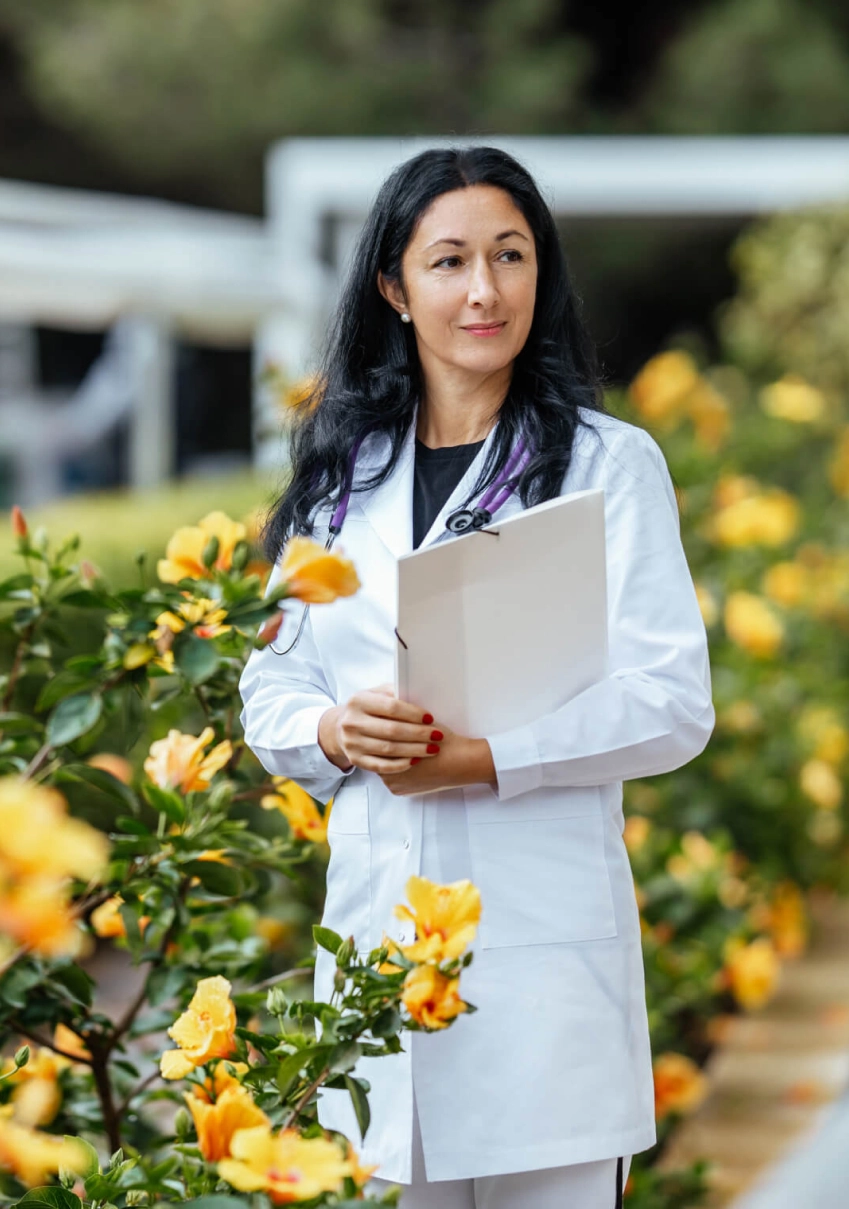
The cost of a course of treatment with a stay in a hotel
- Appointments and consultations
- Creating an individual program
- Conducting personal sessions
- Appointments and consultations
- Creating an individual program
- Conducting personal sessions
Other areas of work of our Center
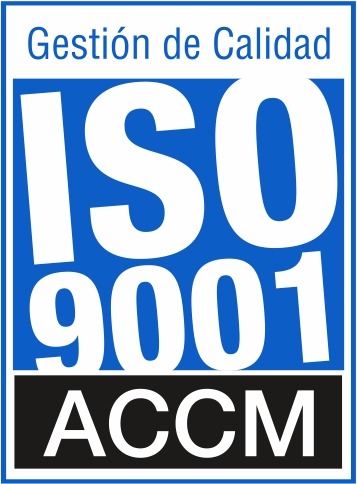
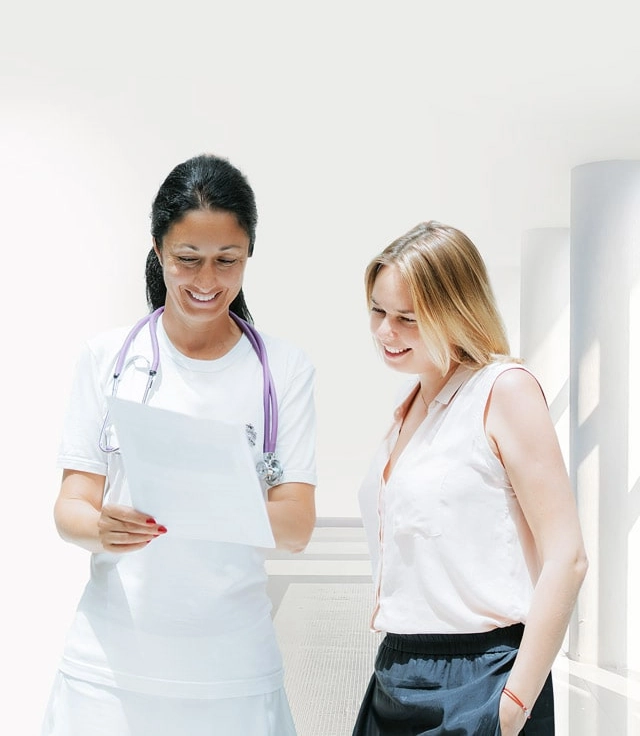





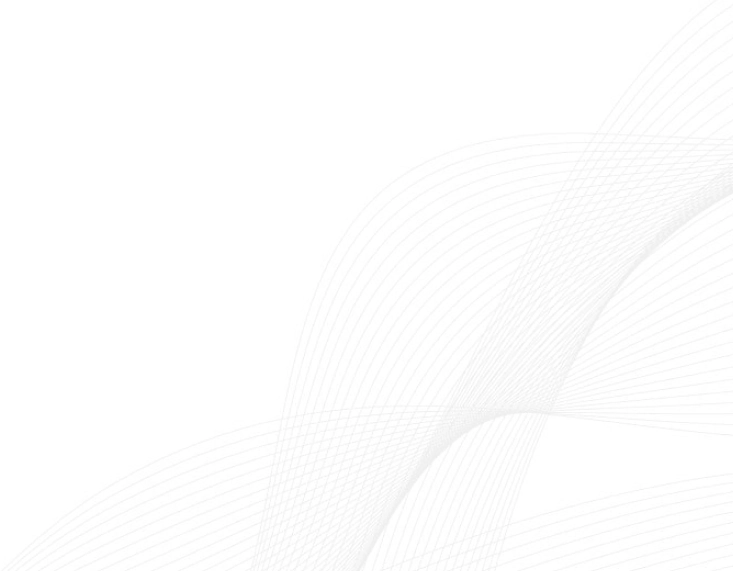

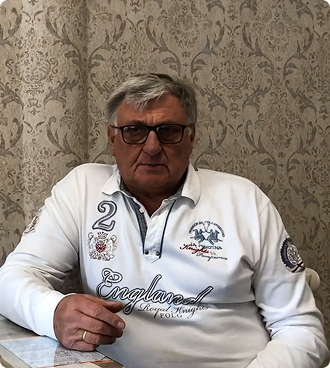
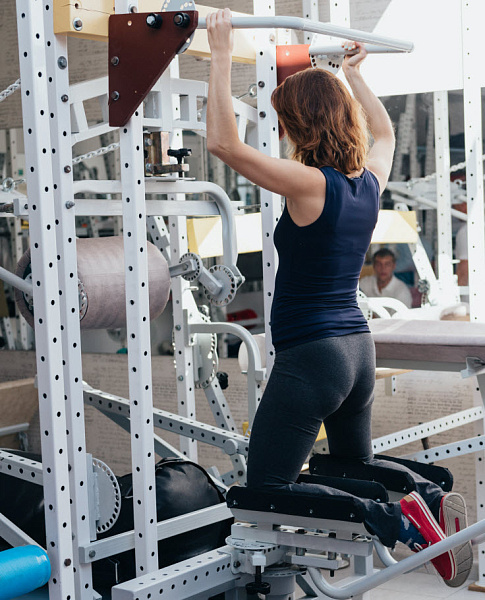
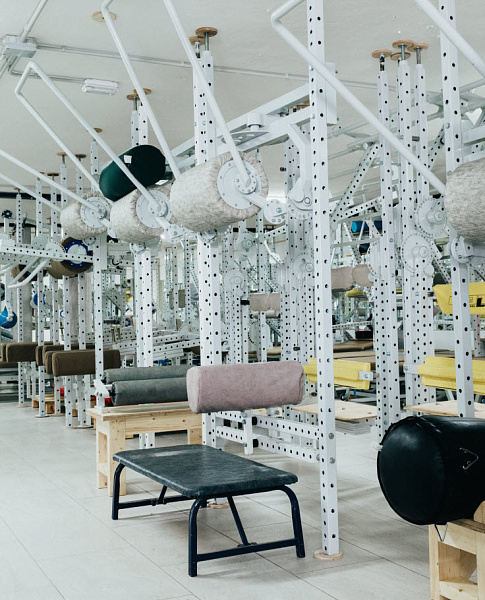

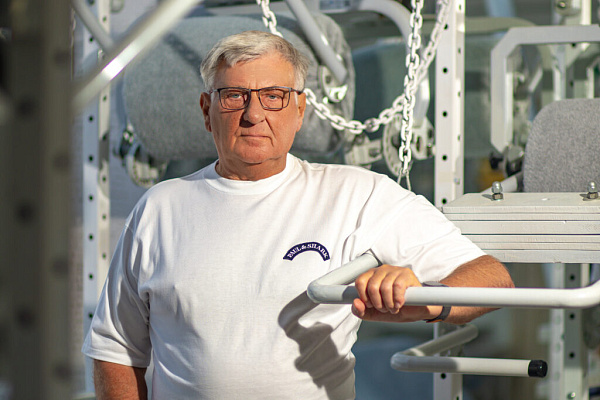
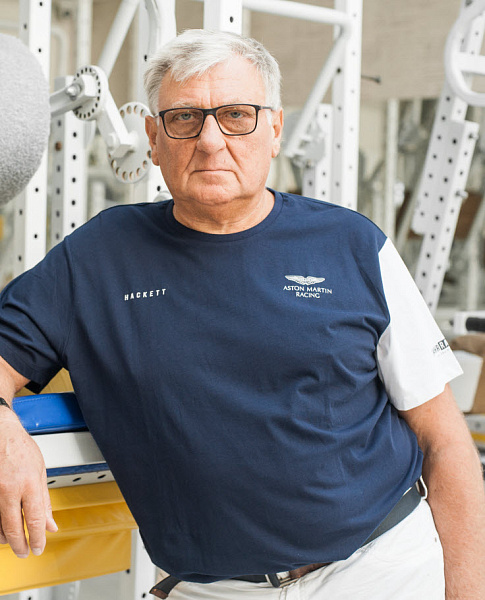
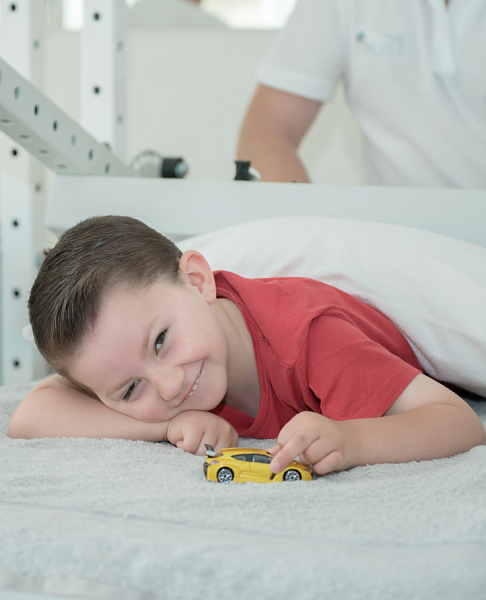
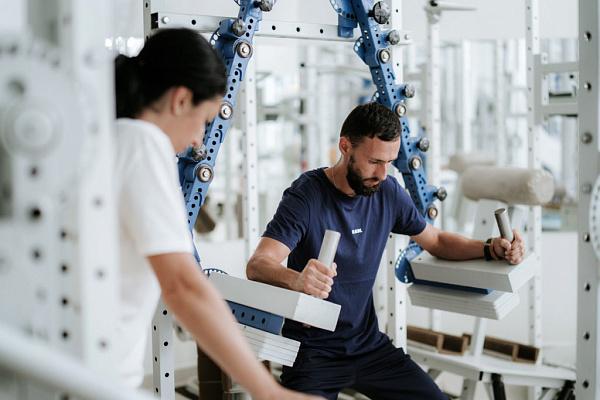
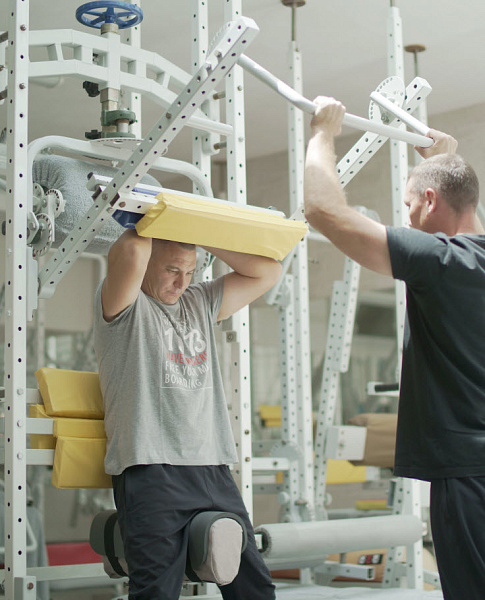
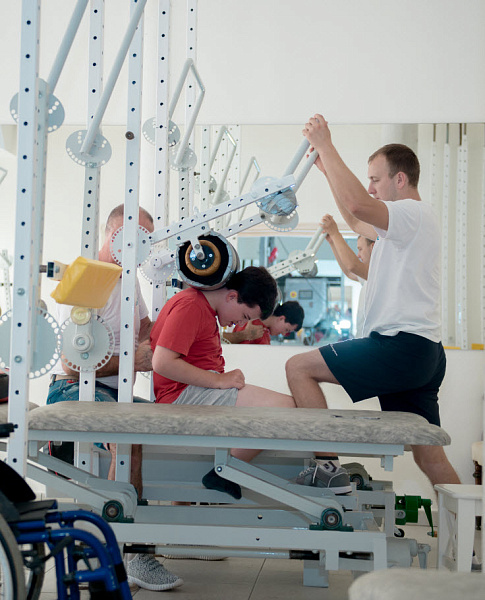
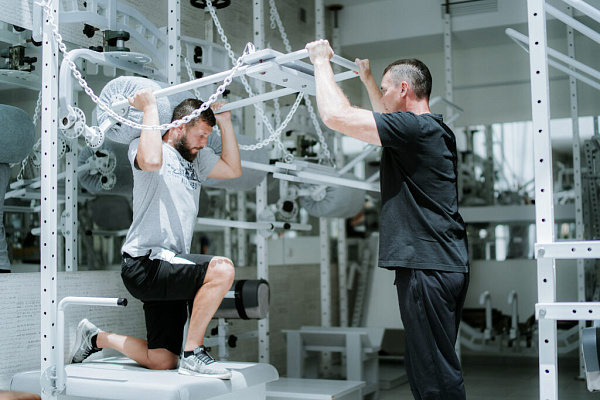
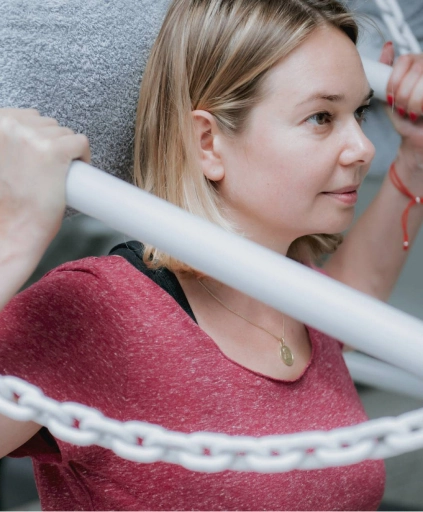
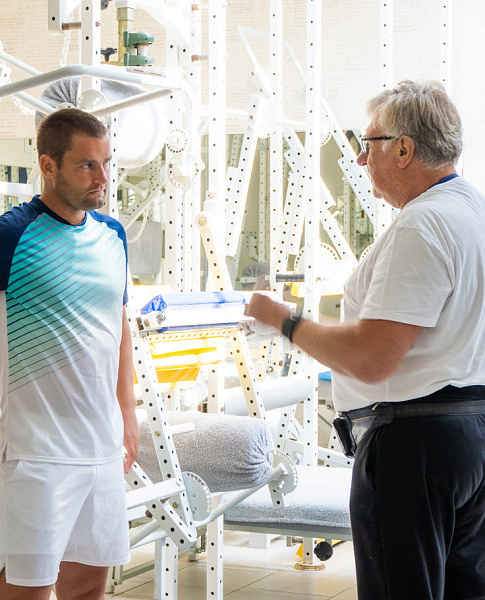

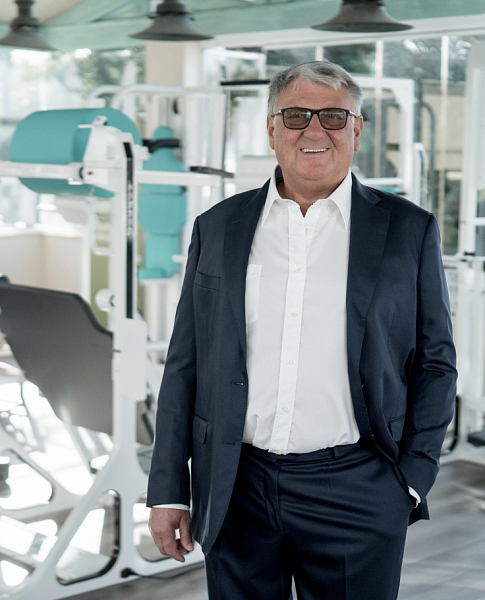

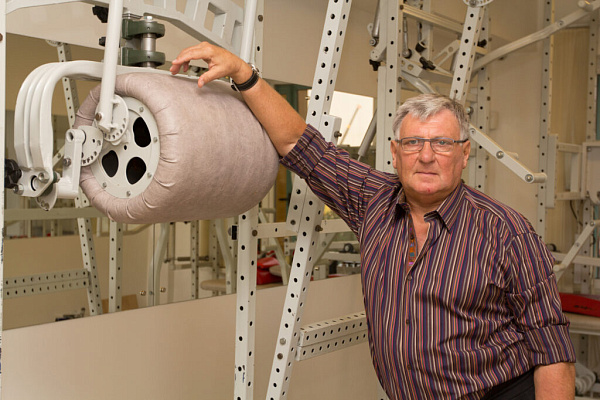
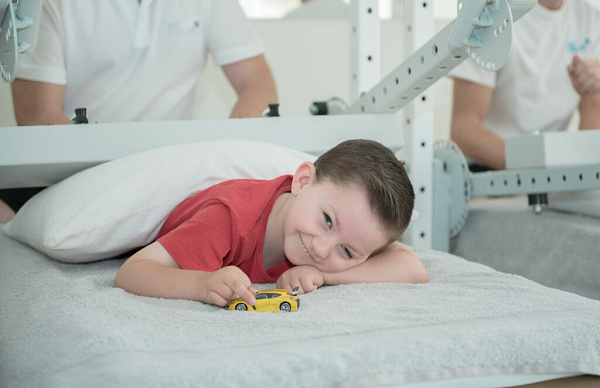
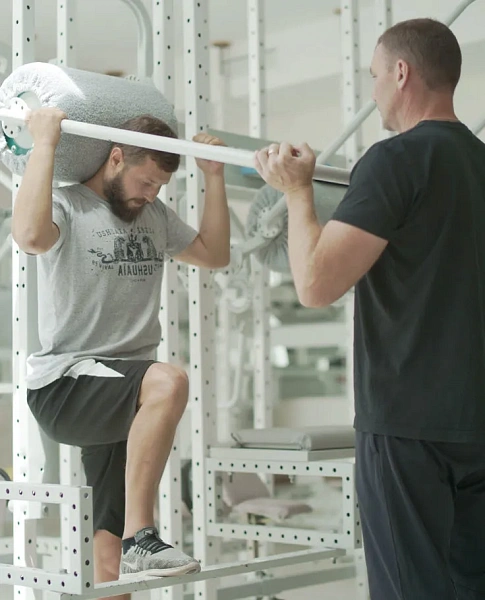
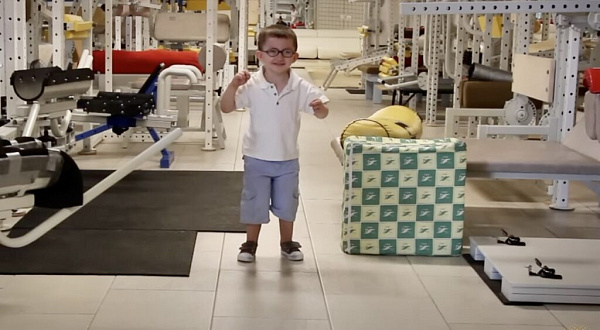
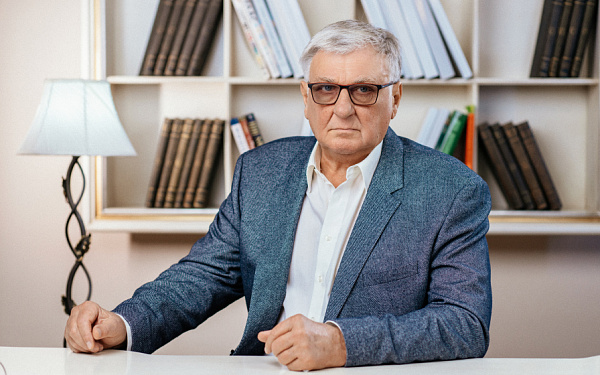
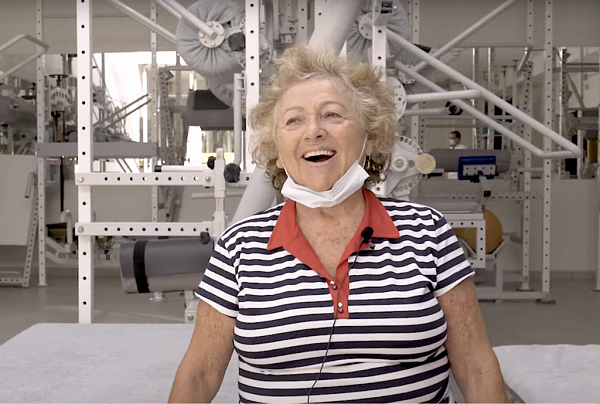

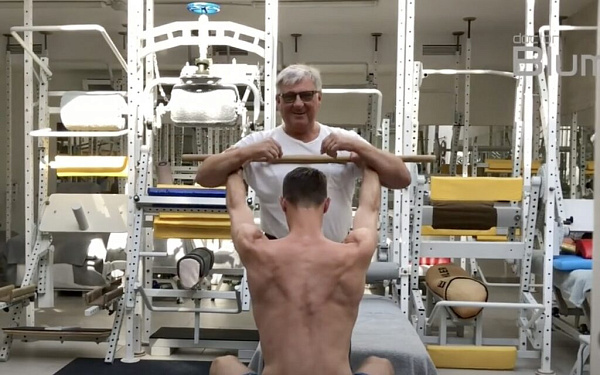
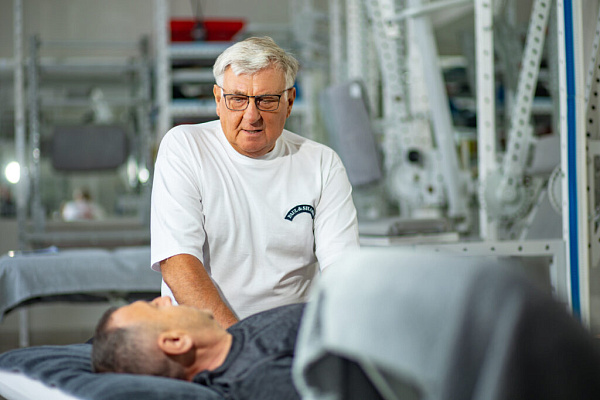

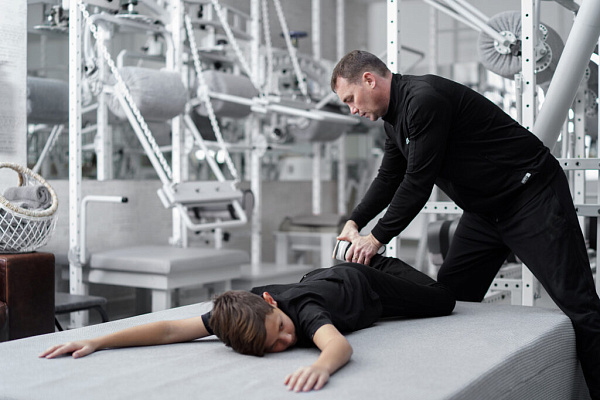

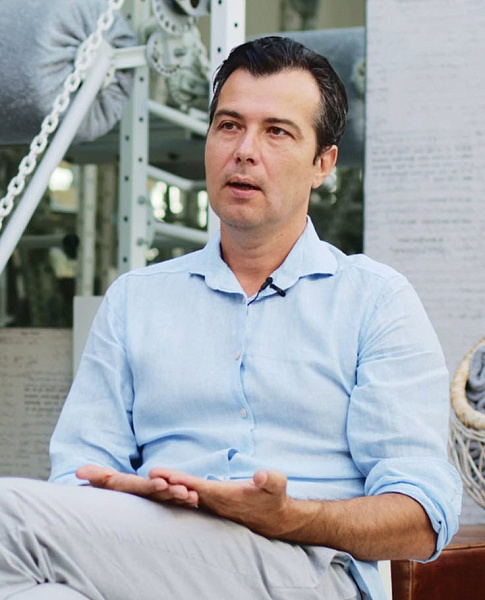
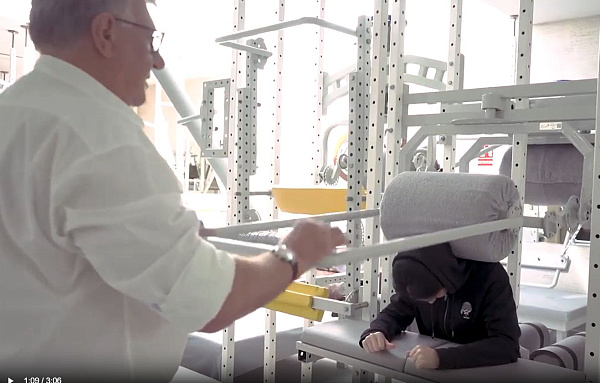
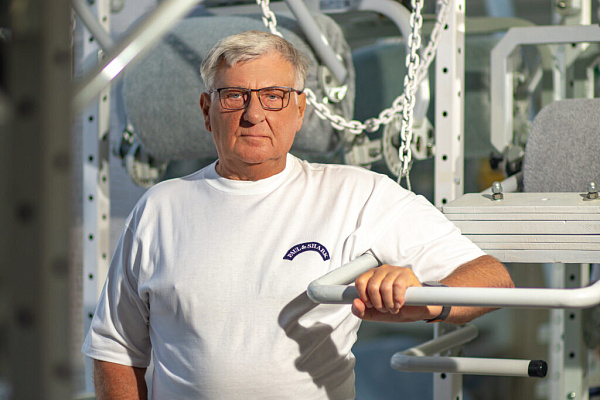
.webp)
